At The End of the Line
It has been almost four years since the March 11, 2011 Great East Japan Earthquake. The subsequent tsunami inundated large areas of the Northeastern coast
and led to the loss of the 'emergency cooling system' power at two separate power reactor complexes. The cooling system failure that led to the meltdown of
three reactors and subsequent hydrogen explosions at the Fukushima Daichi Nuclear Power Plant complex has led to a cleanup and decommissioning project
expected to last at least thirty years. Much less well publicized are the repairs being undertaken at the Fukushima Daini Nuclear Power Plant complex. A
combination of fortuitous circumstances and heroic intervention saved the four reactors at Daini from the catastrophe at Daiichi. While Daichi is an
interminable decommissioning project, the work now being conducted at Daini holds out the possibility that its reactors will one day be restarted. In the
meantime, many communities still remain displaced due to persistently high radiation levels.
Outside of Japan, the news cycle has long since moved on to fresh disasters. In Tokyo life goes on, with no sign of the disaster. Indeed, even closer to
the disaster life does more than just go on. At Iwaki Port, about forty kilometers from the site of the Fukushima Daiichi site a conveyor belt sushi shop
selling locally caught fish was doing a roaring trade during a recent visit. Rightly or wrongly, consumer concerns about contaminated seafood have
apparently faded. Many evacuees live in drab prefab structures closer to Iwaki Station. The compensation payments they receive in return for their
displacement have swelled the local economy. In fact the evacuees have become the subject of resentment not for their presence, but for their apparent
prosperity combined with perceived indolence. Not a few people suggest that the evacuees while away their days playing pachinko and drinking beer, and it
is long since time they "got a job". However, regardless of whether they are indolent or industrious, the compensation money will continue to roll in
monthly until when/if they are able to return to their homes and lives. In budgetary terms, these monthly payments are one of the more trivial costs of the
clean-up.
In fact, some people are in no rush to leave their prefabs. They enjoy a sense of community forged by adversity. To resettle wherever job prospects might
take them entails a much higher risk of alienation than passing the time in units exactly the same as their friends and neighbors. Thus Northeastern Japan
is likely to have its prefab communities of reasonably well compensated evacuees for the indefinite future. This is not much different from the aftermath
of the Great Hanshin earthquake of 1995. The reality is that for those who were already on the margins of the economy, the disaster has ironically provided
a degree of economic security, and the leisure for which they are resented. For the middle class, however, the pachinko and prefab life is more difficult
to be reconciled with. Two decades of economic stagnation has made Japan a much more stratified society than it was during the distinctly meritocratic boom
years.
A visit to the town of Nahara shows what they have left behind. Formerly a community of about 8000, Nahara's Tatsuta Station in now the last northbound
stop on the Joban line that begins at Tokyo's Ueno Station. Weeds now grow where Super Hitachi Express trains once whisked passengers all the way to
bustling Sendai Station. Residents may return during the day to retrieve their possessions and maintain their properties. However, no one may remain
overnight in the town. A loudspeaker equipped car roams the town at dusk to shoo lingerers away. Nearby dormitories house workers at the clean-up site.
They commute from these camps to the site daily, and remain there until they have received their maximum permissible annual dosage of radiation. Taxis and
vans await each of the infrequent trains to shuttle workers to the grim prefab dorms that might make the average prison seem downright hospitable. At least
a correctional facility might have a chapel or library. One can only imagine the uncertainties and ennui of life in these work-camps. The few restaurants
and bars near Tatsuta station that could provide them with a diversion remain shuttered.
Japan: Four Years After the Tsunami and Subsequent Nuclear Debacle
Brent Sutherland
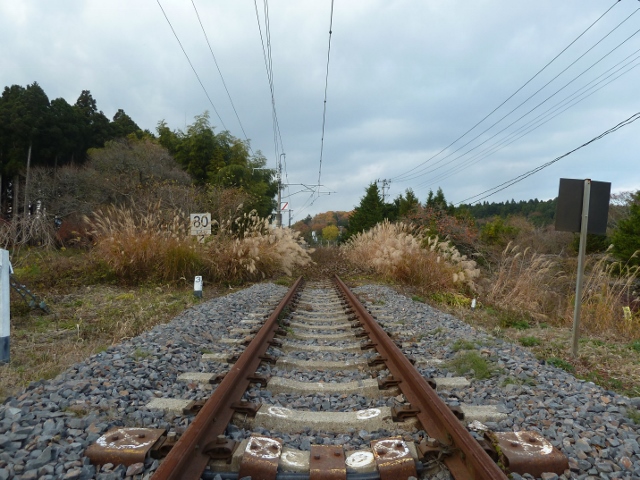
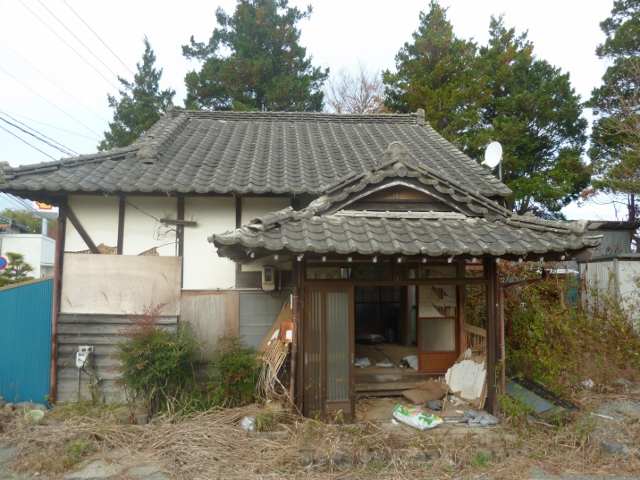
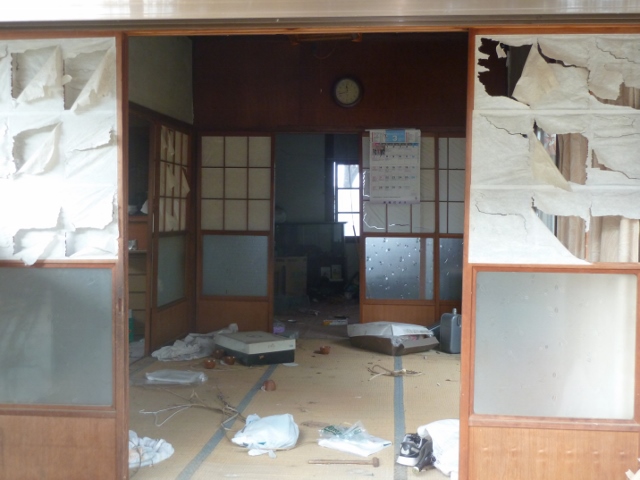
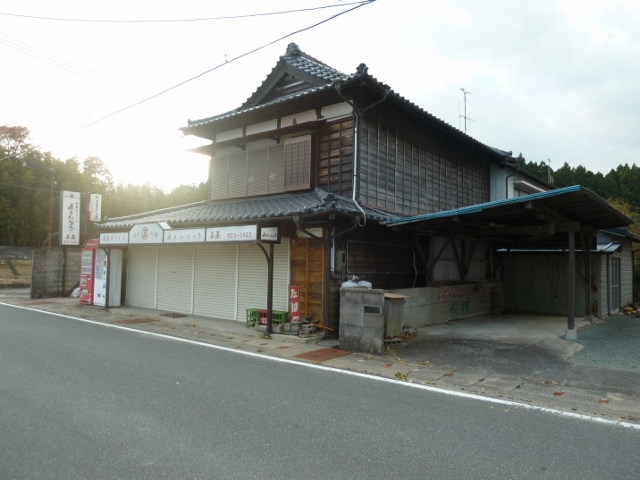
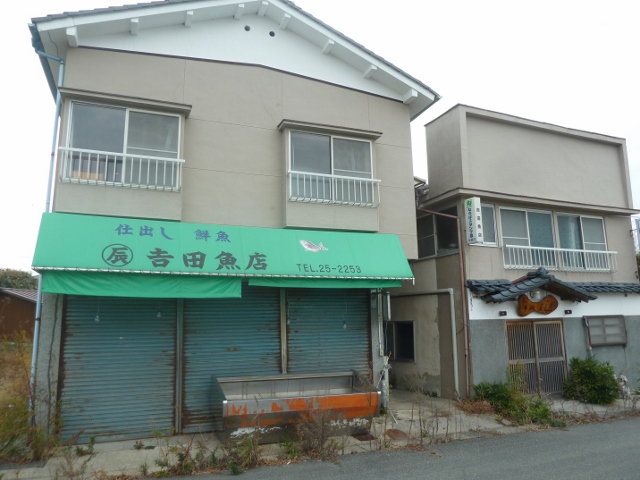
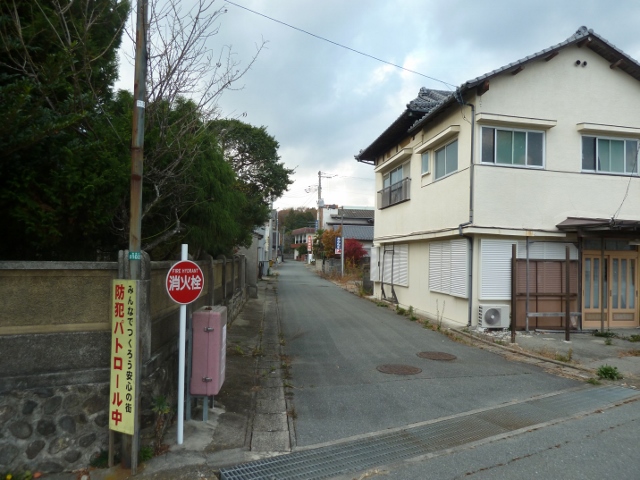
The Japanese economic miracle has always exploited the itinerant day laborers that congregate in the flop-houses and cheap bars of Tokyo's Minowa district and the Airin district of Osaka. Here, organized-crime linked recruiters corral the down and out into Japan's dirty jobs. Thus the scut work at the clean-up sites is entrusted to these aging men, many with substance abuse problems.
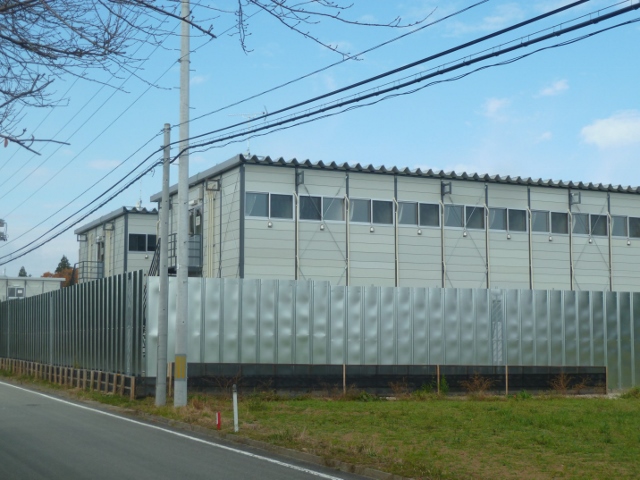
As per "tradition", a large chunk of their wages is siphoned off for room and board, transportation, etc. While some of these men may find a degree of economic stability in the nuclear clean-up work, others binge when out of camp and then end up back on skid row looking for their next stretch of employment. Ironically, then, the vast amounts of money spent on the nuclear clean-up has increased crime and homelessness in the region. Thus we shouldn't wonder why the evacuees themselves tend to spurn jobs in these camps in their former communities. Fukushima Daiichi and Daini were built with little in the way of local consultation to supply electricity to faraway Tokyo. Now that it has all gone terribly wrong, the evacuee is not about to rush into the clutches of shady labour recruiters in return for the dubious privilege of receiving a supposedly "safe" maximum dose of radiation.
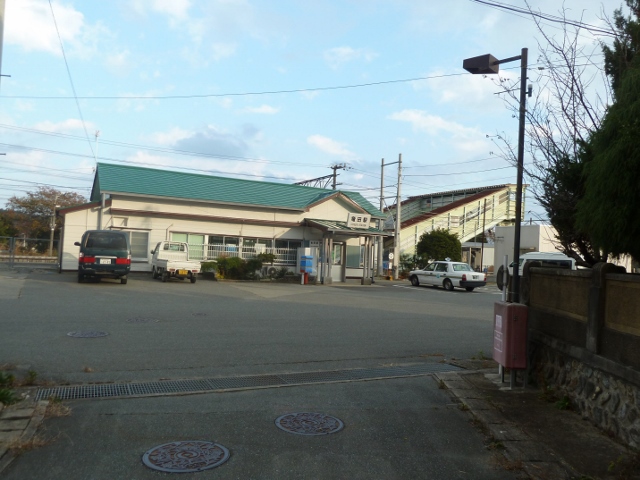
The streets of Nahara remain almost empty of people and vehicles. Overall, the feeling is one of being in some post-apocalyptic science fiction film. Despite rumors of mutant feral animals, I encountered no four-legged creatures at all. However, there is no doubt that the local population of wild boar has flourished due to lack of hunter interest and access. In fact they have most likely bred with released domestic pigs. The typical cheery hoardings of Japan now only seem to mock. The vending machines appear ready to dispense soft drinks, but the product within is no doubt contaminated and obviously long past its best before date. Some homes and shops seem well maintained as if their owners were merely on vacation. Others are obviously a total loss due to earthquake or tsunami damage, but are still standing. Still other properties appear to be undamaged, but are overgrown with weeds. Cars still sit in driveways since the disaster. The station bike shed is about half full with bicycles, their tires now flat, untouched since the evacuation.
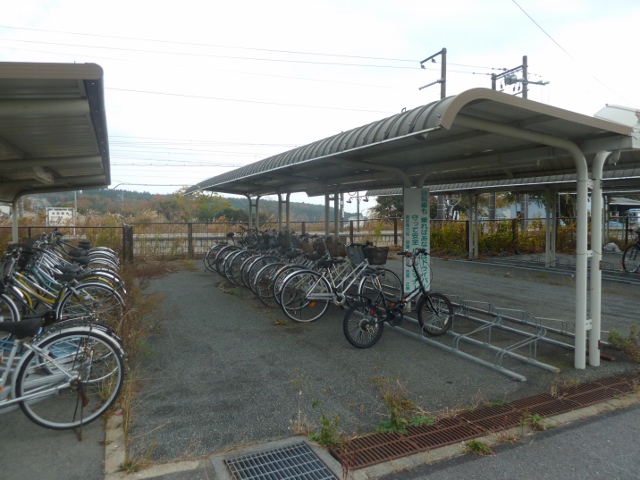
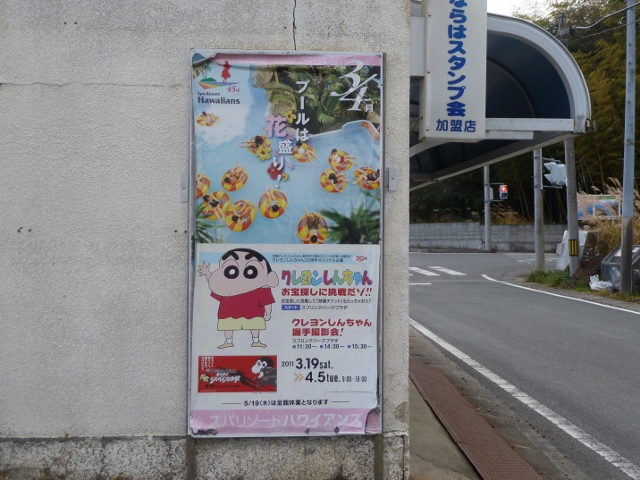
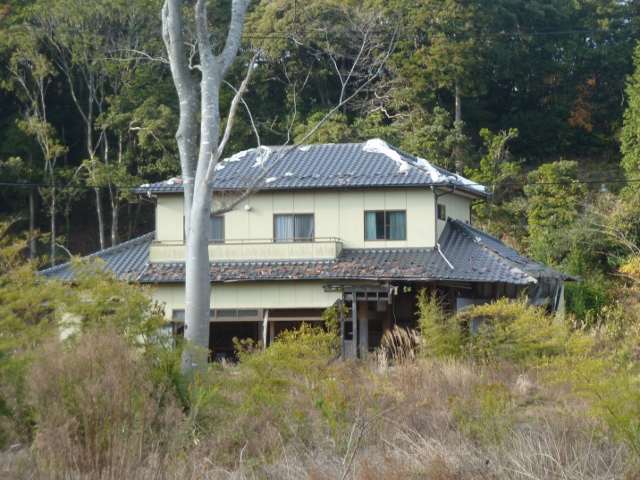
On the outskirts of town tsunami debris lies neatly piled-up and covered by giant tarpaulins. Bags containing radioactive soil await the end of of their half-life while holding down the tarps. Nearby lies an area where mixed wreckage of of homes, vehicles, boats and businesses await sorting and their disposition. This will have to wait until the radiation levels are lower and the manpower available. It is like this because the only way to clear the tsunami wreckage was to use heavy equipment to pile it up and haul away en-masse after survivors recovered what possessions they could.
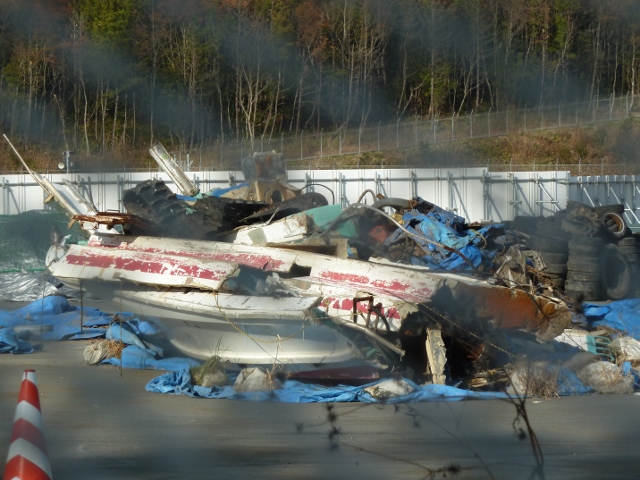
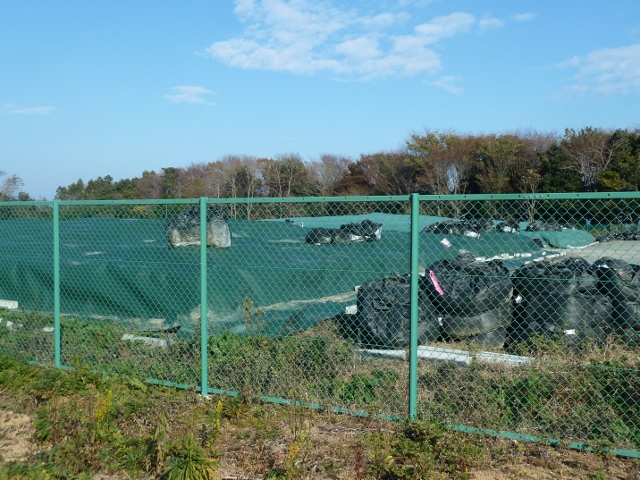
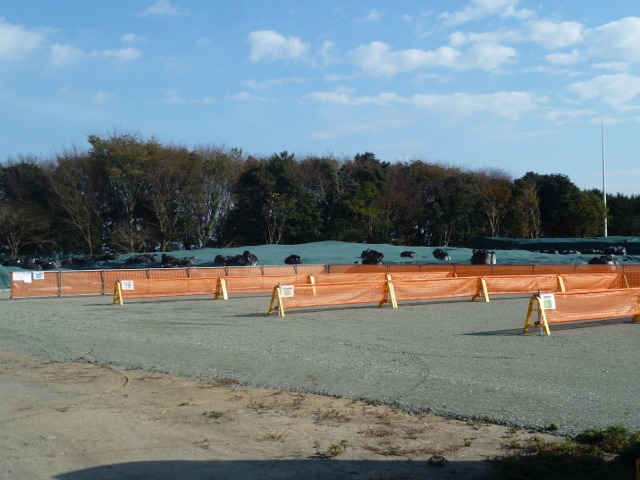
The juxtaposition between well maintained properties and buildings left to rot just makes Nahara all the more eerie. Here and there some homes are undergoing renovations commissioned by obviously optimistic owners. Other evacuees have obviously decided to let the weeds grow over their homes while they move on with their lives. The expected return date depends on the radiation level, and estimates as to when it will decline sufficiently vary widely. Regardless, it is likely to be a long, long time before the deserted elementary school is used again. Families with young children are the most likely to avoid an early return to Nahara. For the area's formerly thriving dry-field agriculture, the future is equally uncertain. Even if expert opinion is that the produce is one day safe to eat, consumer acceptance is a different matter. Furthermore, unaffected areas of Fukushima are unenthusiastic about produce from the former "hot zone" being mixed with theirs in the marketplace. Thus the fallow fields of Nahara may remain so for a generation or more.
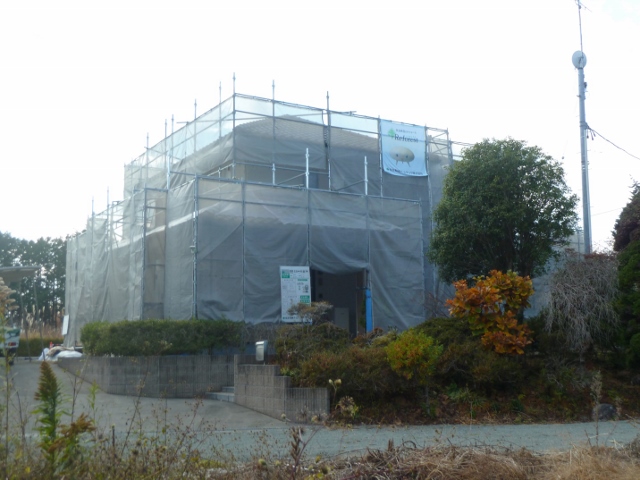
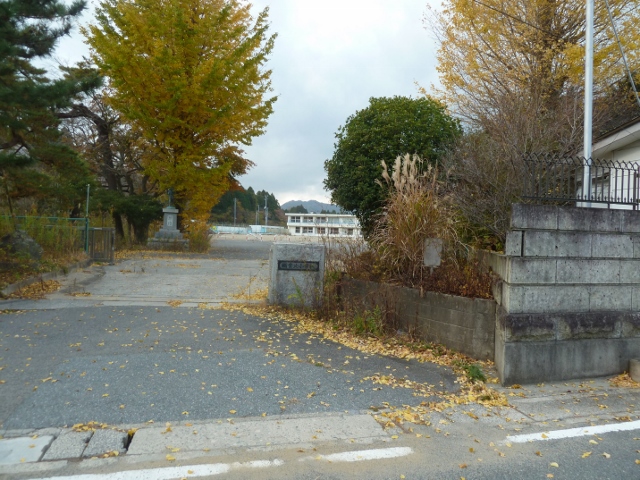
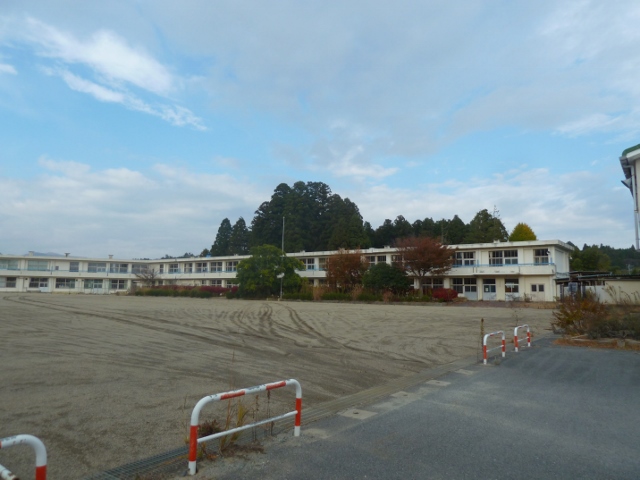
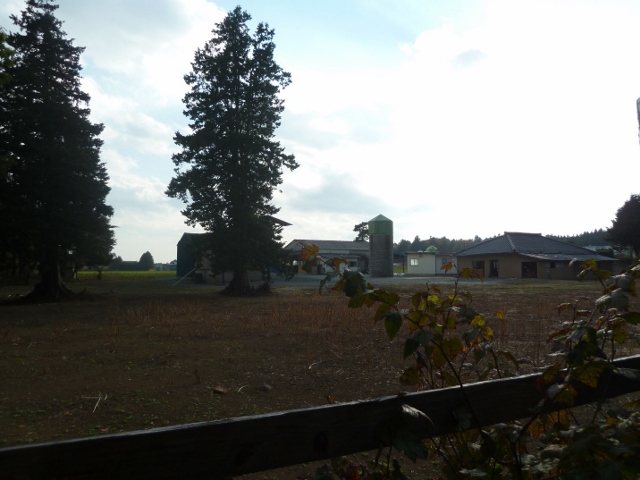
It is safe to assume that if and when the residents do return, it will be a much different community. Many have long since moved on with their lives. In fact, any number of marriages have been attributed to the circumstances and psychological effects of the disaster. To put it plainly, shelters made for boy meets girl. Then there is the fact that the nearby Daini complex may be eventually become a functioning power plant again. As long as the pro-nuclear Mr. Shinto Abe remains prime minister, a restart remains possible. Thus it is fair to say that Nahara lies dormant, not abandoned or forgotten.
About fifty kilometers south of Nahara at Takahagi, in Ibaraki prefecture, normality has mostly resumed. A visit to the Ibaraki Tatami School manifests the challenges of the recovery. At the Takahagi Tatami School the students undertake a two year course to learn the traditional craft of weaving and installing tatami flooring. The former student body was drawn entirely from the quake affected region and they were too busy assisting their own family households to even contemplate a return to school. For a while it seemed as if the quake would be the end of the school. After a two year interregnum, the school resumed with six students, including the very first female in a traditionally all male trade. The quake damaged building remains standing, but unusable. At this point there is a great demand for their trade due to the ongoing repairs of damaged homes.
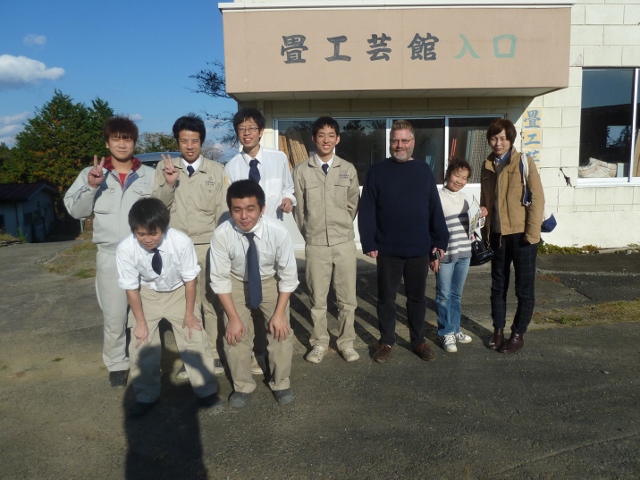
This may seem like a very modest effort, but it represents a return to normality. The latter is something that was not taken for granted in the immediate aftermath of the quake. The biggest challenge now for Northeastern Japan is to move beyond being defined by the tsunami and the subsequent nuclear debacle.
|
We believe the following organizations are making a difference for the better in this world and encourage you to consider supporting them. Copyright 2015 International Zeitschrift |